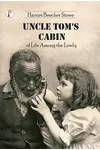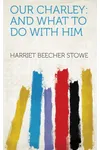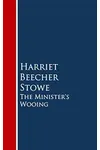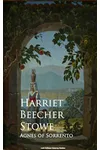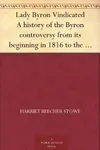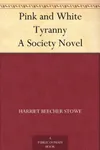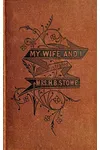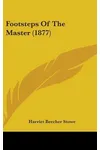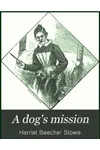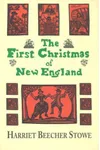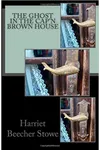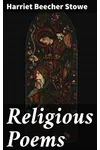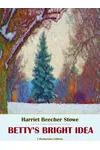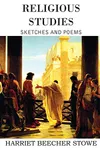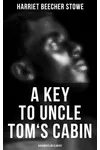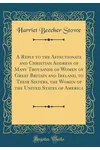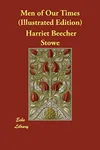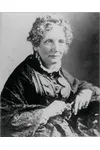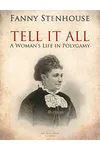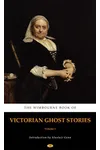Picture a fiery American storyteller who shook the nation with a single book—meet Harriet Beecher Stowe! Born in 1811, this abolitionist and author penned Uncle Tom’s Cabin, a novel that exposed the horrors of slavery and fueled the fight for freedom. With her sharp prose and moral courage, Stowe became a literary force, writing stories that didn’t just entertain—they changed history.
The Making of Harriet Beecher Stowe
Harriet Beecher Stowe grew up in Litchfield, Connecticut, in a deeply religious family. Her father, Lyman Beecher, was a prominent preacher, and her siblings included reformers and intellectuals. Harriet’s love for writing blossomed early, shaped by her faith and a keen sense of justice. After moving to Cincinnati, she encountered slavery’s harsh realities firsthand, inspiring her lifelong mission to challenge it through her words.
At 21, Harriet began publishing essays and short stories, often in religious magazines. Her marriage to Calvin Stowe, a scholar and abolitionist, deepened her commitment to social reform. Together, they faced financial struggles but never wavered in their fight against injustice, setting the stage for her groundbreaking literary career.
Harriet Beecher Stowe’s Unforgettable Stories
Stowe’s masterpiece, Uncle Tom’s Cabin (1852), is a heart-wrenching tale of enslaved people enduring unimaginable cruelty. Its vivid characters, like Uncle Tom and Eliza, brought slavery’s brutality to life for millions, sparking outrage and empathy. The novel’s blend of emotional storytelling and moral urgency made it a sensation, selling 300,000 copies in its first year.
Beyond Uncle Tom’s Cabin, Stowe wrote prolifically. Dred: A Tale of the Great Dismal Swamp (1856) tackled slavery’s systemic violence with gritty realism. Her domestic novels, like The Minister’s Wooing (1859), explored faith, love, and women’s roles with wit and warmth. Stowe’s style—direct, evocative, and morally charged—made her works accessible yet profound, resonating with readers across generations.
Stowe also penned essays, children’s stories, and biographies, showcasing her versatility. Her ability to weave social commentary into compelling narratives set her apart, cementing her as a pioneer of activist literature.
Why Harriet Beecher Stowe Matters
Harriet Beecher Stowe didn’t just write books—she ignited a movement. Uncle Tom’s Cabin galvanized the abolitionist cause, reportedly prompting Abraham Lincoln to call her 'the little lady who started this great war.' Her work transcended literature, shaping public opinion and challenging societal norms. Stowe’s fearless voice inspired future writers and activists, proving the pen’s power to drive change.
Today, Stowe’s legacy endures in American literature and social justice. Her stories remind us that words can awaken consciences and transform societies. Despite controversies over some portrayals in her work, her impact as a trailblazer remains undeniable.
About Harriet Beecher Stowe
- Born: June 14, 1811, in Litchfield, Connecticut
- Key Works: Uncle Tom’s Cabin, Dred, The Minister’s Wooing
- Notable Fact: Her writing influenced the abolitionist movement
- Died: July 1, 1896, in Hartford, Connecticut
Ready to feel the power of Stowe’s words? Grab Uncle Tom’s Cabin and dive into her passionate, world-changing stories!
